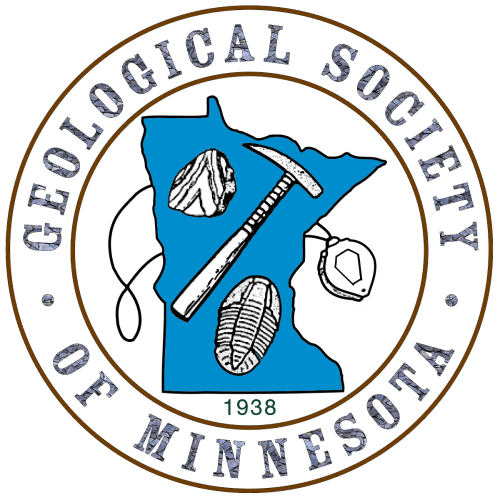Road Marker Information
Description:
Enter Road Address in your cars GPS:
Park Headquarters, Finlayson Township, MN 55072
OR
Enter Geographical Coordinates in your cars GPS:
Degrees Lat Long: 46.173310, -92.849418
Latitude: 46°10’23.9″N
Longitude: 92°50’57.9″W
Country: Pine County
Where Found:
Located on state highway 18, 2 miles east of 1-35 in Banning State Park From I-35, take exit 195. Turn right on route 23. Turn right into Banning State Park.
Marker Number:243
Marker Composition:
Text on Marker:
KETTLE RIVER RAPIDS The light-brown sandstone that forms the cliffs along this part of the Kettle River valley is called the Hinckley Sandstone. This sandstone formed as a result of a major geological event. About 1.1 billion years ago, this continent began to split apart along a rupture called the Mid-continent Rift, which extended from the Lake Superior region southwest to Kansas. As this great rift valley opened, volcanic eruptions filled it with thousands of dense, basaltic lava flows. Then the rifting and volcanic activity stopped. Over time, the weight of the dense basalt caused the rift area to subside, or sag, forming a long basin. Streams and wind brought in sand, which accumulated in the basin. Eventually, deep under-ground, minerals carried by groundwater cemented the buried sand grains, forming sandstone. The Hinckley Sandstone, one of several sandstone units deposited, is cemented with iron oxide and silica. The iron oxide gives it its light-brown color, and the silica helps to make it one of the strongest sandstones in Minnesota. During the Ice Age of the last two million years, glaciers repeatedly covered this area. About 10,000 years ago, as the last glacier here receded into the Lake Superior basin, meltwater collected at its southwestern edge, forming a great lake, called Glacial Lake Duluth. For much of the twentieth century this harbor was second in total tonnage only to New York among U.S. ports, even though it is open to shipping only about eight months each year. Since the completion of the St. Lawrence Seaway in 1959, ocean-going vessels have carried the grain harvests of the northern plains and Montana soft coal from the Twin Ports to destinations around the globe. 1987 Water from this lake found an outlet and increasingly poured southward through the present-day Kettle River valley. That ancient river would make today’s turbulent Kettle River look tame by comparison. Torrents of water were channeled into fractures in the sandstone, which readily eroded down, leaving the blocky cliffs one sees along this stretch of the river. Along the Hell’s Gate Trail one can see kettles, or potholes, in the rock that in some places are 15 meters above the present river. These potholes are evidence that water once raged through this valley at levels much higher than today. Potholes commonly occur behind the base of a large boulder or other flow obstruction. They are made when turbulent water forms an eddy, or whirlpool, strong enough to swirl pebbles and cobbles around in one spot. There the swirling stones grind a cylindrical hole down into the bedrock. Erected by the Geological Society of Minnesota in partnership with the Minnesota Department of Transportation, the Minnesota Geological Survey, and the Minnesota Department of Natural Resources. 2003
Region: Northeast Region
Information Needed:
- Verify Existance
Condition of Marker:
Do it Yourself Region: Route 35 North
Verification: Not installed yet
